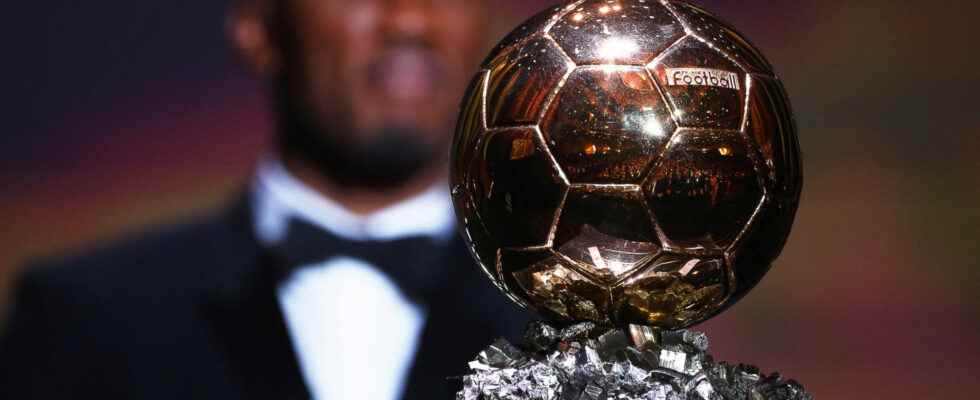Jean-Baptiste Sarrazin
modified to
12:39 a.m., October 17, 2022
For its 66th edition, the Ballon d’Or ceremony takes place this Monday, October 17 at the Théâtre du Châtelet. It rewards the best football player of the past year. Created in 1956, the Ballon d’Or respects strict rules. Its weight, its size, its price, all about the most prestigious trophy in the world of football.
Launched in 1956, the Ballon d’Or has not always had this name. First known as “player of the year” for the first eight editions, it was not until 1963 that the trophy took its official name of “Ballon d’Or”. That year, the Soviet Lev Yachine was crowned. He also becomes the first goalkeeper to win this award.
The trophy was created in parallel with the invention of the European Champion Clubs’ Cup, ancestor of the Champions League. When it was created, the Ballon d’Or rewarded the best European player playing in Europe. But that changed in 1995. It then opened up to all nationalities. Players playing outside of Europe can also compete since 2007.
A trophy at 13,000 euros
The first trophy was awarded to Matthews in 1956. It was then a small gold ball placed on a square wooden base. But its size has since changed. The Ballon d’Or now measures 31cm high, 23cm wide and 23cm deep.
The trophy weighs 12 kilograms. It is made up of two brass half-spheres and a block of pyrite, a mineral that can be mistaken for gold. The assembly of these two elements is immersed in a bath of gold thus covering the structure.
Its price is estimated at 13,000 euros. The Ballon d’Or is kept in a safe on the premises of France Soccer. Winners only receive a replica with their name engraved on it. The winners have the right to touch the trophy only at the time of the ceremony. They then return it. And apart from them, no one has the right to touch the reward, or else with white gloves always present in the trunk which transports it.
